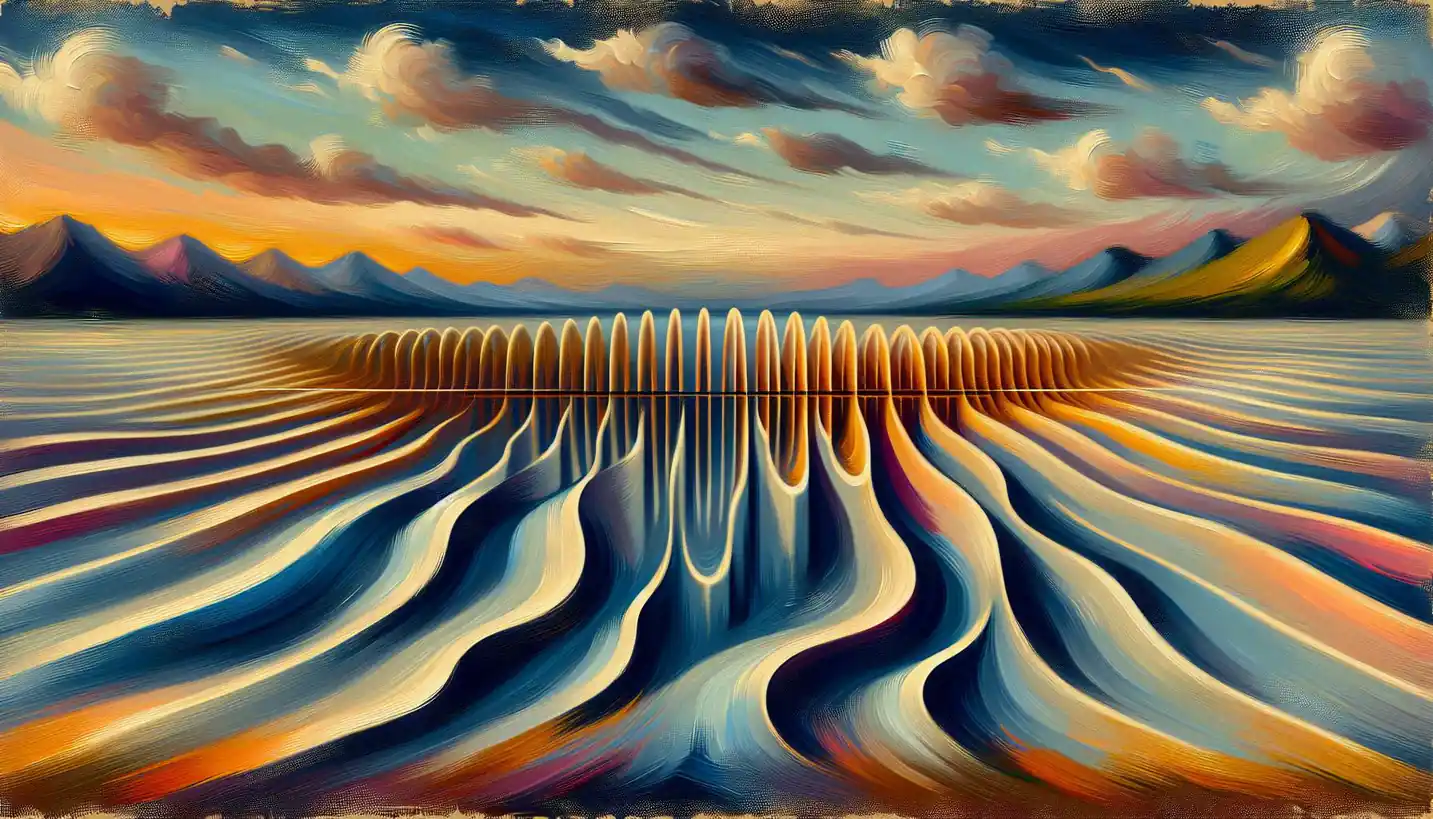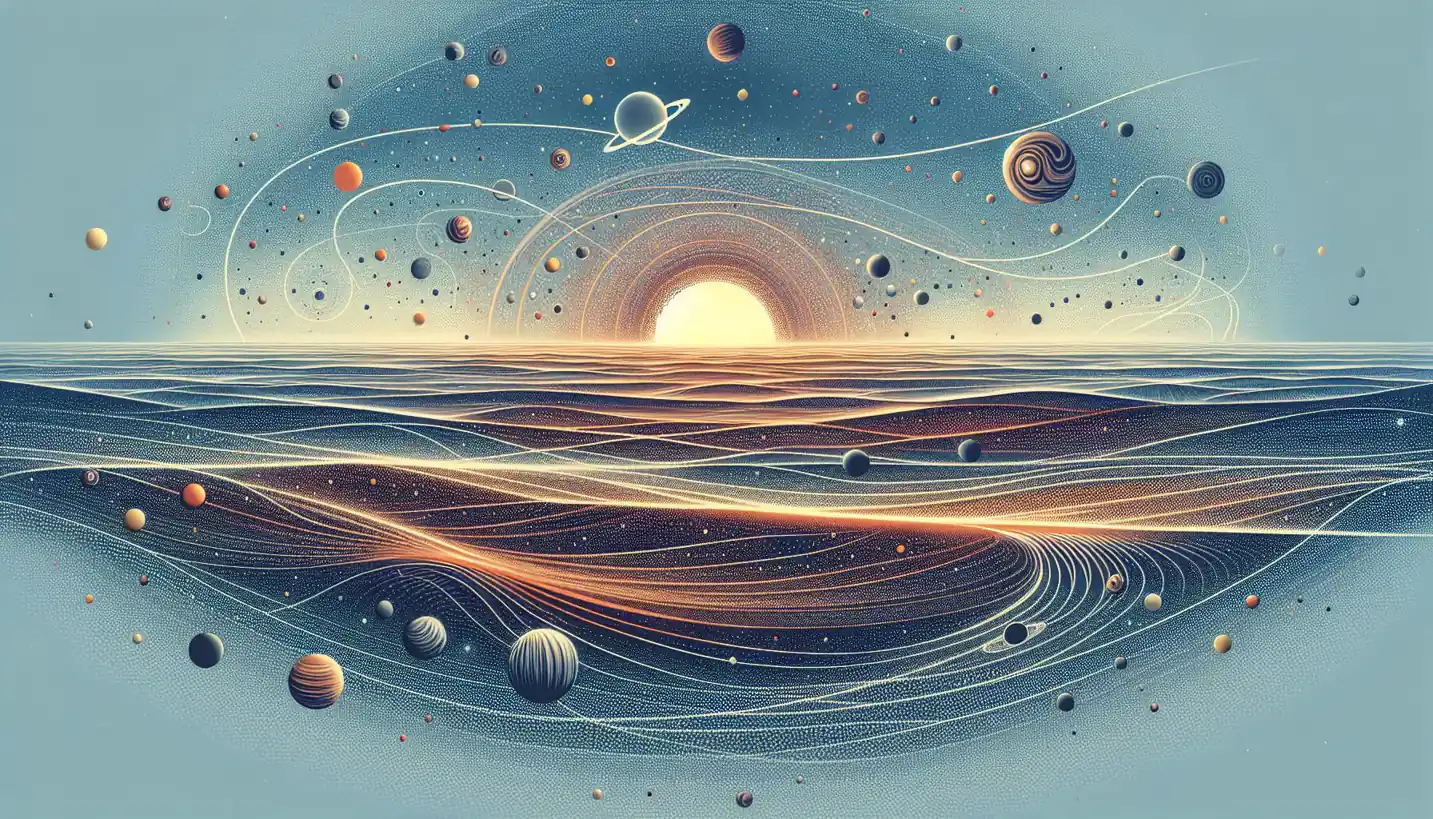· Physics · 4 min read
Boltzmann Distribution: Exploring Nature's Statistical Secrets
The Boltzmann distribution helps us understand how energy is spread across particles in a system, revealing the secrets of temperature and energy flow. Explore this fundamental concept and its application in everything from gases to quantum mechanics.

Everywhere you go, from a hot cup of coffee cooling down to air molecules buzzing around, the Boltzmann Distribution plays a quietly pivotal role in explaining these everyday phenomena. It’s like the backstage manager making sure everything performs just right on the molecular level. Understanding this concept might sound intimidating, but let’s break it down in a way that makes sense without diving into heavy math.
The Story of Energy Distribution
Think about how children at a playground behave. Some are running around energetically, others are walking casually, and a few might be sitting quietly on a bench. Molecules in a gas behave in a similar way. Not every molecule is moving at the same speed—some zip around quickly while others take their time.
This unique way of organizing energy is captured by the Boltzmann Distribution. Named after Ludwig Boltzmann, a physicist with a knack for understanding the microscopic world, this distribution helps us see how energy is spread among molecules.
Understanding Through Examples
Picture a box full of marbles where each marble represents a molecule with a certain amount of energy. Shake the box vigorously, and some marbles will get more energy (move faster) while others will have less. The Boltzmann Distribution is a way to describe how likely each marble is to be at a certain energy level.
The amazing part is that this doesn’t just explain one specific scenario but goes for countless systems, from gases in a room to chemical reactions in a test tube.
Temperature’s Role
Temperature plays a starring role in our story. Imagine the playground again; if it’s a hot day, the kids run around more frantically. Likewise, when the temperature rises, molecules tend to move faster. Boltzmann showed that the likelihood of a molecule having a particular energy is related to the temperature and a little constant named after him, the Boltzmann constant.
Entropy and Chaos
Interestingly, Boltzmann wasn’t only about calm explosions of knowledge. He introduced the concept of entropy, a measure of disorder, which ties into the idea that energy has a more probable way of organizing itself. You can think of it like this: it’s much easier to mess up your room (increase disorder) than to clean it. Nature loves entropy, and it allows molecules to spread out their energy as evenly as possible.
Why Boltzmann Distribution Matters
The Boltzmann Distribution isn’t just a trophy on a shelf; it’s used in real-world applications and cutting-edge research. It helps chemists predict reaction rates and physicists understand how stars cool over time. It’s crucial for technologies like the infrared imaging used in night-vision devices, all thanks to its way of dissecting the energy dance.
A Peek into Thermodynamics
When diving deeper into the Boltzmann Distribution, we touch the realms of thermodynamics, a field dealing with energy and its transformations. This is where you see how statistical mechanics—Boltzmann’s home turf—explains the macroscopic properties of systems based on their microscopic behaviors.
By understanding how particles are statistically distributed across different energy states, scientists can predict the behavior of gases, liquids, and even solids under varied conditions—giving us invaluable insights into the universe.
Challenges and Curiosities
The elegance of the Boltzmann Distribution also invites curious minds to explore its limits and possibilities. For example, what happens at temperatures approaching absolute zero? Understanding the distribution gives clues about quantum mechanics and the strange behaviors of particles at these extremes.
Moreover, exploring the Boltzmann Distribution raises intriguing questions like: Can it account for all the mysteries of entropy? What does it tell us about the eventual fate of the universe as systems tend toward maximum entropy?
In the Spirit of Exploration
So, what is the Boltzmann Distribution really? Beyond equations and graphs, it’s a bridge connecting the tiny, rapid world of atoms and molecules with the grander scale of everyday experiences. Next time you enjoy that cooling drink or wonder about the twinkle of stars, remember that the interplay of energy captured by Boltzmann’s elegant vision is unfolding before you.
In essence, the Boltzmann Distribution is a guide on a grand tour through the wild and wonderful landscape of statistical mechanics, offering glimpses of order, chaos, and everything in between. Through its lens, you see the hidden harmony that governs so much of the universe. The more we learn, the more we realize there’s always more to uncover—like a story that never ends, only waiting for the curious to delve deeper.



